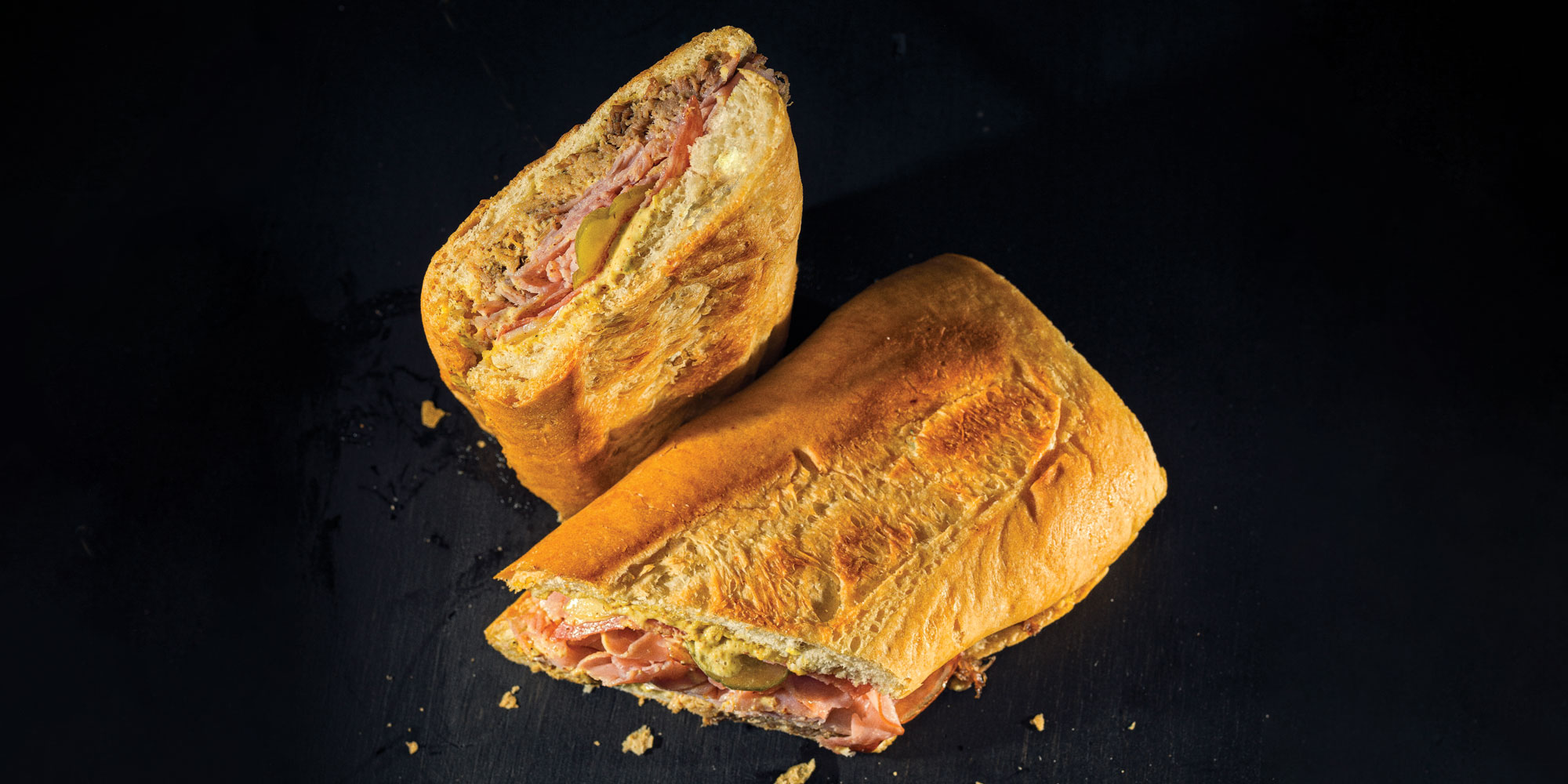The city’s vibrant culinary scene is one of the best parts of living in Tampa. From locally caught seafood to dishes popularized by immigrant communities, some foods have stood the test of time and have come to be synonymous with the Tampa experience itself. The following dishes that define our city and region are emblematic of the magic that happens when local ingredients, diverse cultures and time-honored traditions collide.
CUBAN SANDWICH
Dubbed Tampa’s signature sandwich, the Cuban is made with ham, roasted pork, Genoa salami, Swiss cheese, pickles and mustard pressed in fresh Cuban bread. A few notable elements set the Tampa Cuban apart. The inclusion of Genoa salami is unique to the region, likely due to the influence of Italian immigrants in Ybor City. But, perhaps most foundational, is Tampa’s bread. Tampa Bay is home to La Segunda Bakery, the world’s largest producer of Cuban bread, with 18,000 loaves of crispy yet tender bread coming from it daily. “A lot of people come to the bakery and tell us about field trips they did as children, coming in with their grandparents, and now they bring their kids,” says Anthony Copeland More, president of La Segunda. “Talking to people from the area, they’re very passionate about [Cuban bread], take a lot of pride in it and feel very connected to it.”
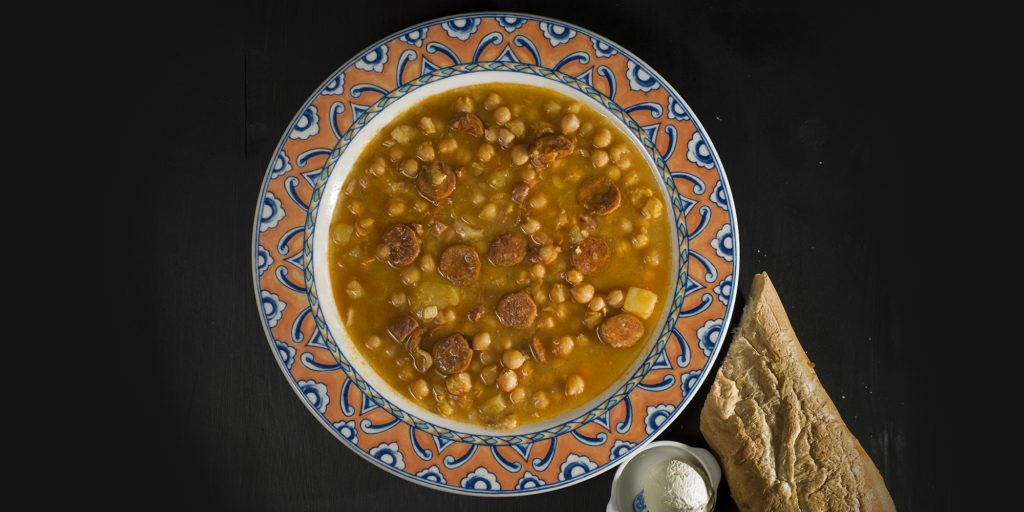
SPANISH BEAN SOUP
Crafted over 100 years ago in Ybor City, Tampa’s version of spanish bean soup originated at the famed Columbia Restaurant. Its founder, Casimiro Hernandez Sr., adapted the recipe from the cocido madrilène stew of Spain. “There’s nothing like it,” says Jeff Houck, marketing and PR manager for Columbia Restaurant Group. “It’s so hearty with the garbanzos, the ham, the potatoes and that good, long stewing that really thickens it up.” Hailing from Florida’s oldest restaurant, this humble soup contains all the best elements of the original dish in one hearty bowl.
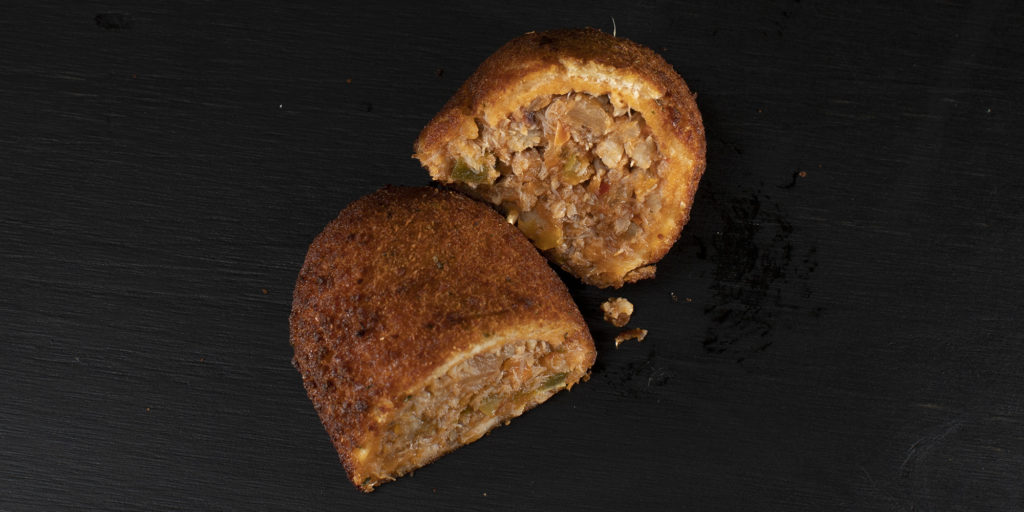
DEVILED CRAB
Arguably Tampa’s most popular street food, deviled crab originated in Ybor City. Initially sold by street vendors, the handheld delicacy gained popularity with cigar factory workers as a quick, inexpensive and satisfying snack. “You could take a version of that enchilau, ball up the crab meat, maybe add some filler, roll it in breadcrumbs and fry it,” Houck says. “Not only was the crab meat spiced depending on what you’re used to, but you could add spices to the breadcrumbs as well.” Since its birth, devilled crab has continued to be enjoyed as a tasty snack and an established emblem of Tampa and Ybor City’s culinary culture.
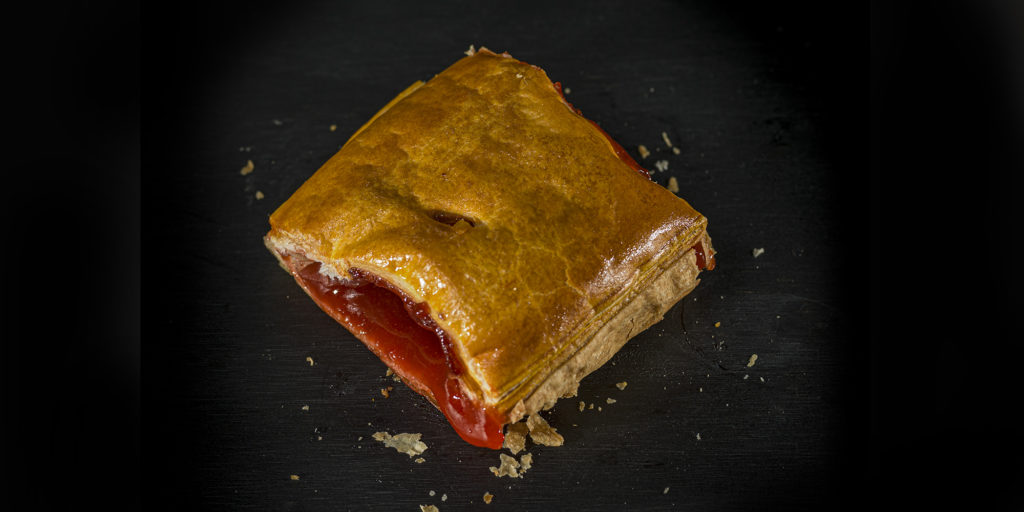
GUAVA
Once nicknamed “The Big Guava,” Tampa Bay has perhaps most notably embraced its moniker in the form of the guava and cheese pastelito. “There are very few pleasures on this earth quite like eating a guava cheese pastry,” Houck says. “It’s so buttery, flaky and light, and then you have the creaminess of the cheese mixing with the sweetness of the guava.” At La Segunda Bakery, Copeland More takes pride in the elements that set Tampa’s baked goods apart. “We do variations on the shapes of the pastries that you won’t see in other places like Miami. A lot of people come to the bakery, and they’re like, ‘This isn’t a Cuban bakery.’ And we’re not — we’re an Ybor City bakery,” he says.
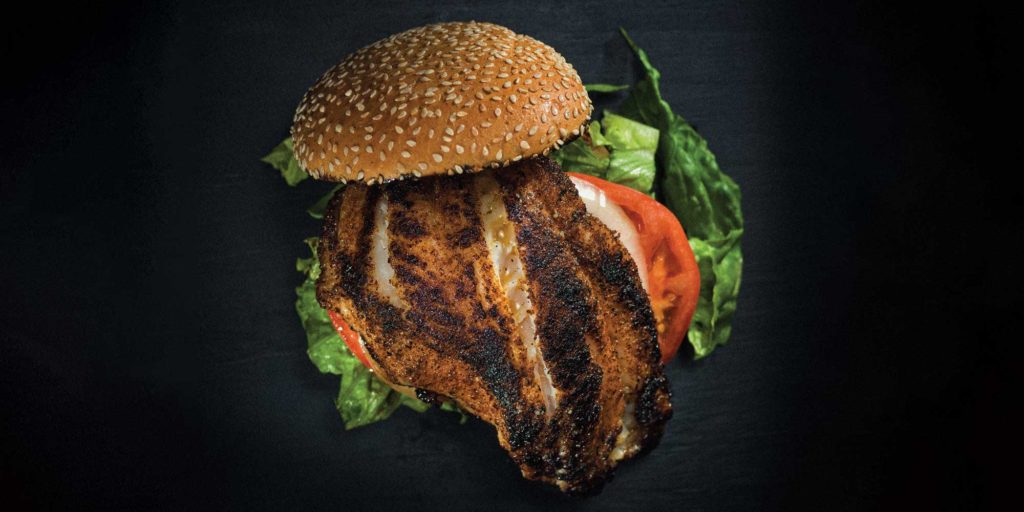
GROUPER SANDWICH
The waters surrounding Tampa Bay are home to the largest grouper fisheries in the United States. Notable among this region’s towns is Madeira Beach, the self-described “grouper capital of the world.” The sandwich is straightforward. The star is fresh grouper that is grilled, blackened or fried, topped with lettuce, tomato, onion and tartar sauce, and stuffed inside a fresh burger bun. The key to a great sandwich lies in the attention to detail, says Raymond “Nick” Cruz, head chef/owner operator of Big Ray’s Fish Camp. “We care as much about the tartar sauce that we make in-house every single day as we do about the freshness of the grouper,” Cruz says. “Every single ingredient plays its part, and we’re putting out the best product every single time.” This savory sandwich is an ocean-to-table classic that captures the essence of Tampa Bay’s seafood-rich region on the Gulf Coast.
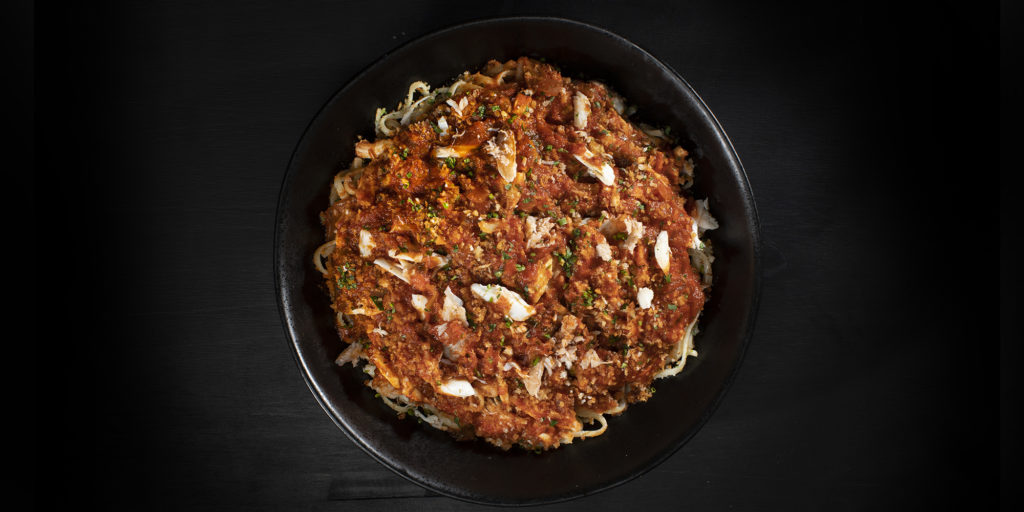
CRAB ENCHILAU
Crab enchilau is made with blue crabs and tomato sauce spiced to perfection and served over rice or spaghetti. In the 1920s, Cuban, Italian and Spanish immigrant families were at the forefront of Ybor City’s boom as an epicenter for culture and cuisine. Blue crab was plentiful in the waters of Tampa Bay, making it a go-to source of cheap food for local families. “The Spanish would make it one way. Italians would make it another, use different spices and then put it over pasta,” Houck says.
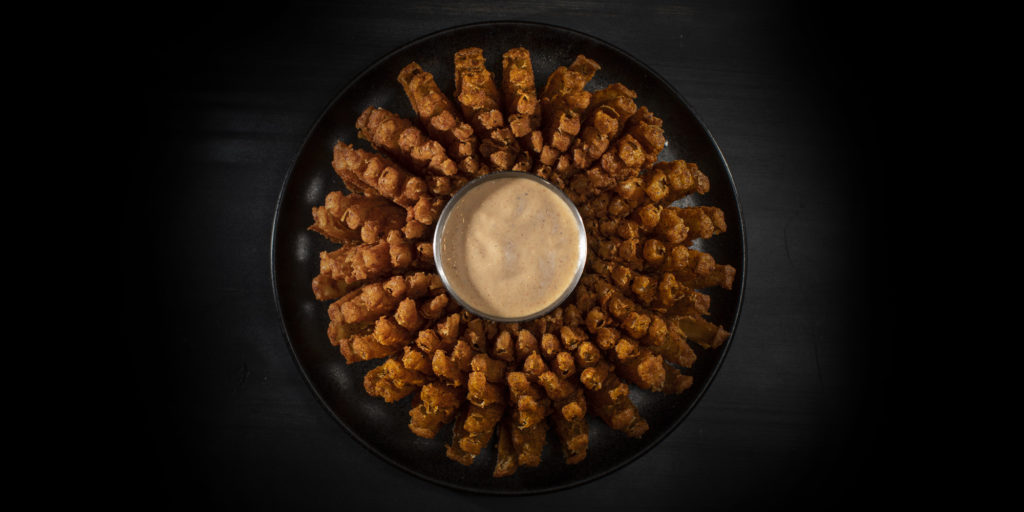
BLOOMIN’ ONION
Best known as Outback Steakhouse’s signature appetizer, the Bloomin’ Onion is a colossal onion cut into 200 flower petals, breaded, deep fried golden brown and served with Outback’s signature dipping sauce. Guests order over 8 million of them a year. Despite Outback’s Aussie theme, the Bloom was created right here in Tampa Bay by Outback co-founder Tim Gannon in 1988. “It’s become iconic, even globally,” says Becky Boyd, director of food and beverage marketing and innovation for Outback Steakhouse. “To think that it all started at one Outback in Tampa, it’s remarkable. The thought process around the Bloomin’ Onion was that it needed to have a comeback flavor to it, where you’re always thinking about the next bite. I feel like Tampa Bay is a comeback destination. More than ever, people don’t want to leave, and they can’t wait to come back.”


